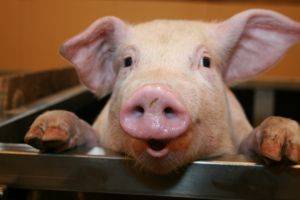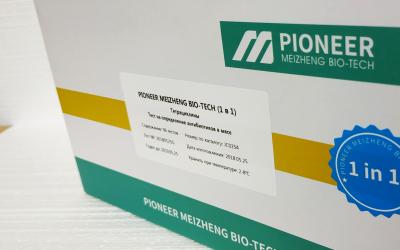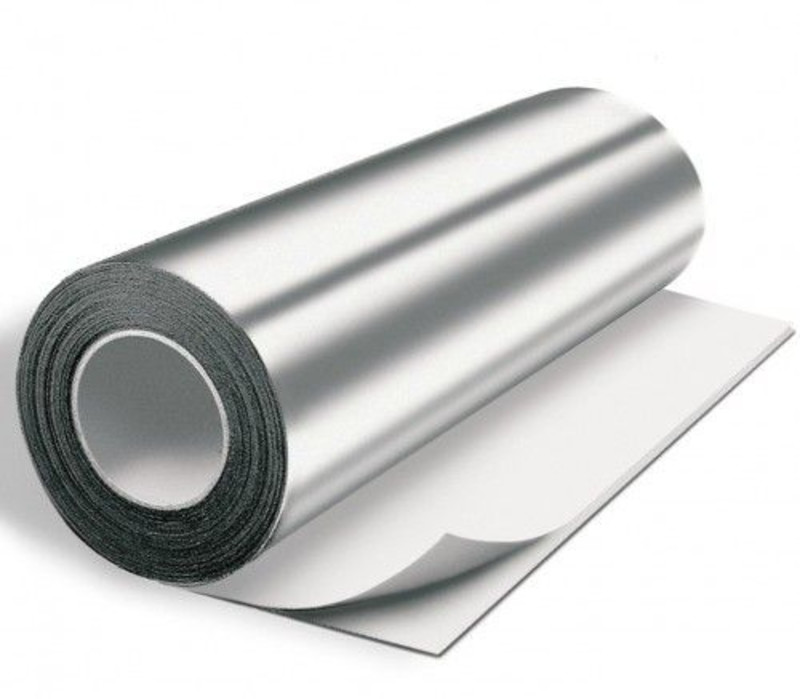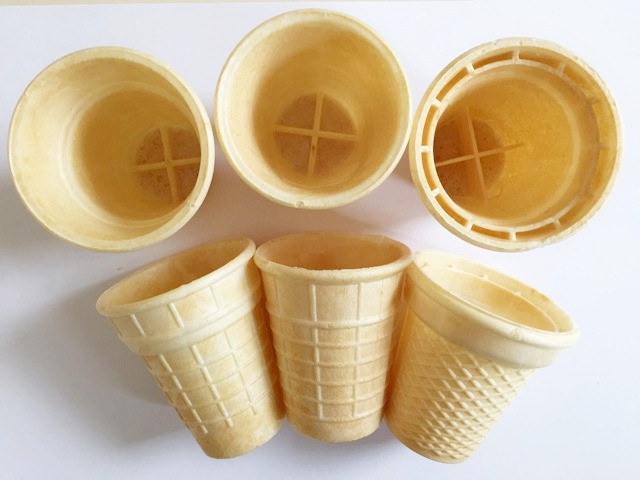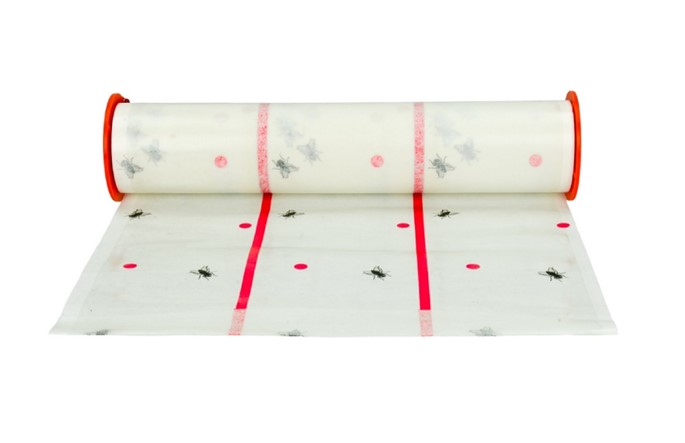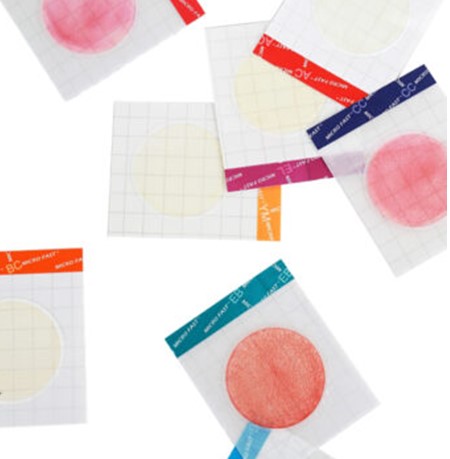How much water to give a cow
Simplistically, it is believed that lactating cows need from 4 to 4.5 liters of quality water per kilogram of MILK they produce, from 100 to 150 liters per day are drunk in several approaches, depending on the productivity of the animal and the weather.
Sufficient clean water contributes to normal rumen function, high feed intake, digestion and nutrient absorption. Water also maintains blood volume, supplies the body's tissue needs, and makes up about 87 percent of a cow's milk. Lack of water or poor quality water limits milk production and leads to HEALTH problems.
A number of factors come into play when assessing how much water to give a cow. Feeds themselves contain some water, and the oxidation of certain nutrients in feeds also results in the formation of water. Feeds such as silage, green chop, or pasture tend to be high in moisture, while grains and hay are low. When cattle are fed a diet with a high water content, water consumption is reduced.
The minimum water requirement of cattle reflects the amount needed for body growth, fetal or lactation, as well as the amount needed to replace what is lost in physiological excretions.
The need for water depends on the ambient temperature, class of livestock and weight. The demand for water increases with increasing temperature. In lactating cows, the requirements are twice as high as in dry cows. A dry cow drinks about 50 liters per day, lactating - from 100 liters, in the heat - 110 liters per day. Bulls also have a higher daily water requirement than dry cows.
The amount of water a lactating cow can drink depends on how often she drinks. Usually she drinks from 15-20 liters of water per visit to the drinker. At the same time, the water should be fresh and clean without manure, dirt and other debris is very important.
Cows have peak water intake at times when feed intake is at its highest. When possible, cows alternate between feeding and drinking water. Ideally, fresh clean water should be available to the cow whenever she consumes feed. In addition, cows often look for water after milking: thus, it is recommended to have sufficient water sources in places where cows are after milking.
Possible reasons for insufficient water intake are malfunctions of the drinking devices themselves (rusted valves or insufficient pressure in the system, stray voltage), poor access to them (slippery, dirty surfaces, crowded cows). With regard to stray voltage , studies show that cows exposed to alternating current above half a volt refused to drink.
Water quality should be kept under strict control. Poor quality water will be very acidic or alkaline, with hydrogen sulfide (rotten egg smell) or a metallic taste from iron, with a high content of dissolved solids.
Dirty water contains coliform bacteria from manure and algae grows . Calf water should be free of coliform bacteria and coliform bacteria should be less than 10 per 100 milliliters for adult cattle. The raised base around the drinking tanks helps to minimize manure contamination. It is very important to clean the water tanks and troughs to prevent the accumulation of old feed and other debris. Antibacterial water treatment usually does not adversely affect animals.
Water with a pH less than 5.5 (acidic) exacerbates problems associated with mild acidosis, such as:
reduction in milk yield, reduced percentage of milk fat, low daily gains, risk of infertility, infectious and metabolic diseases, increased culling of cows.Alkaline water (pH above 8.5) can lead to problems associated with mild alkalosis, such as deficiency of amino acids and B vitamins, as well as symptoms similar to mild acidosis. When cows drink alkaline water, diets high in alfalfa, buffers, and minerals are more likely to contribute to mild alkalosis.
Low water intake leads to dehydration, constipation, solid manure in addition to reduced milk production. Cattle will begin to drink water from puddles containing urine, which is fraught with outbreaks of intestinal disease. However, if you are providing enough water and the cows are still looking for pee pools, note that a lack of SALT, potassium, and crude protein in the diet may be causing this behavior.
Excessive water intake is commonly seen in calves previously fed milk replacers, who often drink to a bloated belly.
Water consumption should only be measured at the trough itself to accurately determine the amount of water available to the animal. Water meters can be purchased from water supply dealers and then used to measure water flow in lines leading to drinkers. Data should be collected over a period of 5–10 days, then the resulting average should be compared with typical data for specific animals at a specific period of their life.
Thus, cattle water supplies should be regularly tested for coliforms, pH, nitrates and nitrites, and total bacteria counts, especially if water quality problems are suspected.
There should be no more than 20 cows per drinker in a loose stall or holding area. Drinkers, like feeders, should be convenient and easily accessible to livestock. Lactating cows should be close to a source of water, especially during times of heat stress or extreme cold.
You will not be able to achieve maximum performance in cows and calves if water quality and consumption needs are not fully met. If water quality problems are suspected, your veterinarian or bovine health professional can recommend and interpret any tests that may be needed.

